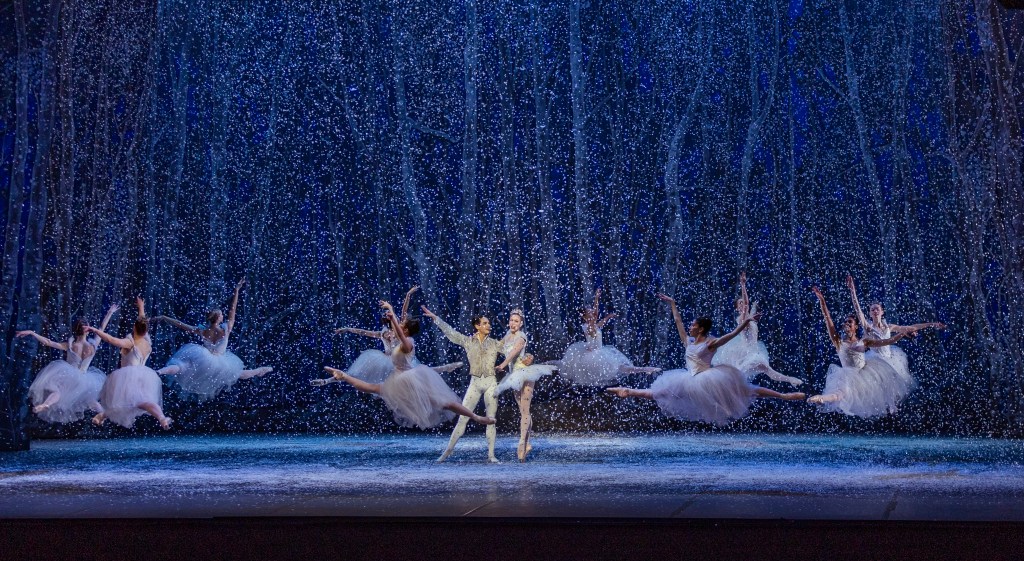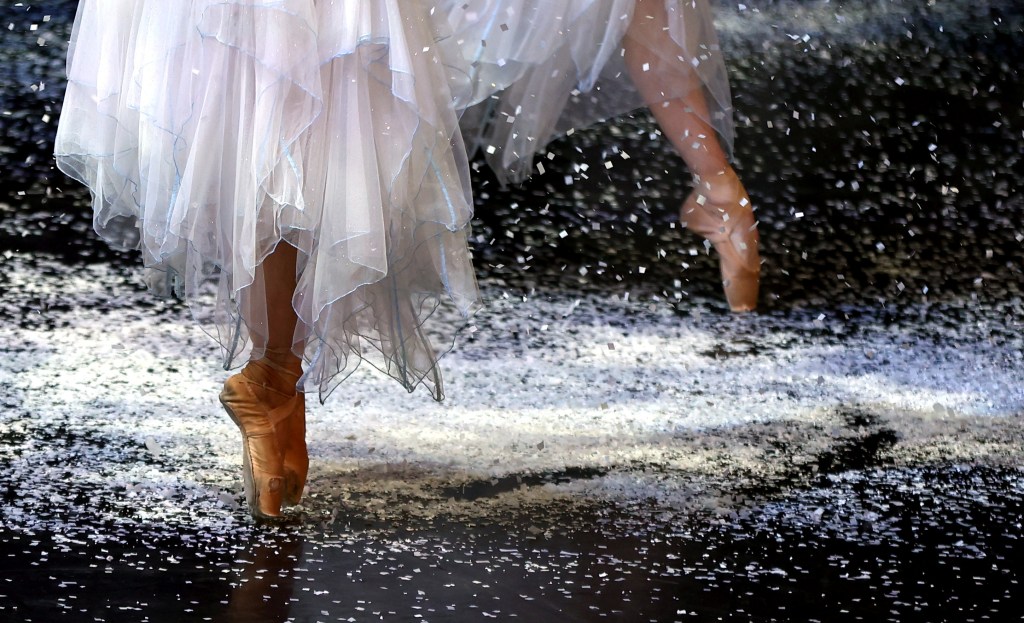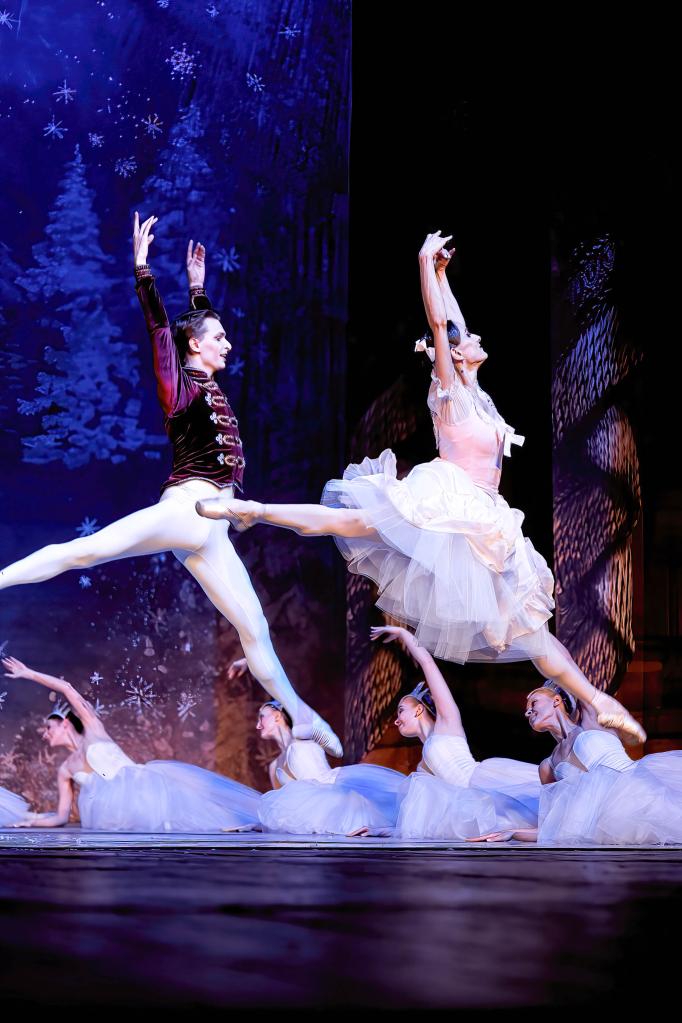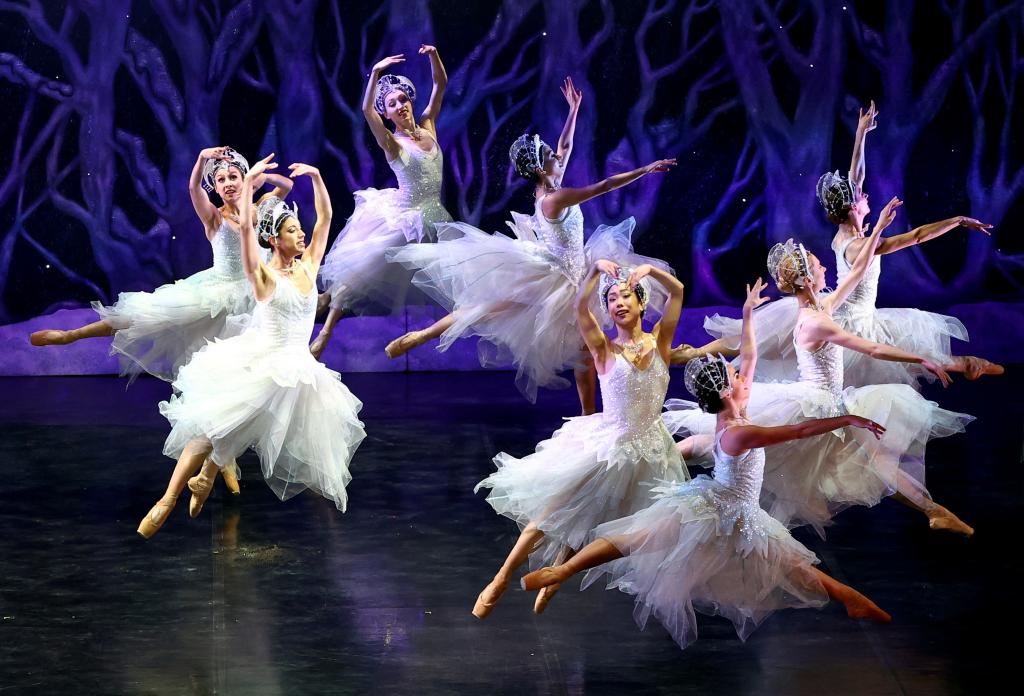Is “The Nutcracker” cancelled?
Not quite, but an essay making the rounds this holiday is definitely calling out E.T.A. Hoffmann’s original 1816 tale, “The Nutcracker and the Mouse King,” for its “creepy” energy — and its “brainwashed” Marie.
“Marie is a specter of a character, a girl who exists only to take care of her imagined prince, a girl who vanishes, disempowered and subjugated, to a kingdom ruled by dolls,” Salon’s Ellen O’Connell writes.
Yes, it’s true — the holiday children’s favorite we all know and love today wound up vastly different from the strange, often sinister original.
The dazzling display of pointe, pirouettes and plums of tulle that transports audiences into the land of sugarplum fairies and rodent royalty, Christmas after Christmas, is actually derived from a story of forbidden love between Marie and the nutcracker prince.
E.T.A. Hoffmann’s “The Nutcracker and the Mouse King” tells the tale of our young heroine, who only sees the nutcracker come to life while she sleeps and sees him battle a seven-headed mouse king during which she falls and cuts her arm on a glass cabinet amid the “fevered dream.”
While healing, the mouse king “brainwashes her.” Marie’s family bans her from speaking about her outrageous dreams, but when she says she loves the “ugly nutcracker,” he comes to life, marries her and whisks her away to live in their world of dolls.
Legend has it that in 1844, writer Alexandre Dumas came up with the more child-friendly version of “The Nutcracker” while at a holiday party where a group of children demanded to be told a story.
Half a century later, the Russian Imperial Theatre tapped composer Pyotr Ilyich Tchaikovsky and dancer Marius Petipa to bring Dumas’ adapted story to life on stage, but despite the pair’s past success with “The Sleeping Beauty,” critics panned the 1892 production — the score “too symphonic” and the sugarplum fairy “pudgy.”
When the Russian Revolution began in 1905, dancers from the production were scattered across Europe, and with them came “The Nutcracker,” which cropped up in Budapest, London and eventually the United States.
But it wasn’t until Walt Disney used Tchaikovsky’s music in “Fantasia” and, later, when George Balanchine’s New York City Ballet adopted “The Nutcracker” that it earned wide reknown.
While ballet companies around the world have tried their hand to tweak the performance to make it their own, O’Connell writes that “audiences have largely decided that a more traditional performance is here to stay.”
Now, the all-too-familiar production has become a Christmas tradition — even without Santa Claus and reindeer.
“‘The Nutcracker’ overcame its initial failure through revolution, defection and adoption,” she writes.
“Despite lingering messages about female disenfranchisement, its beloved music and inclusive theme of Christmas magic provide an escape from the tedium of the commercial holiday season, securing ‘The Nutcracker’ a place in the pantheon of Western art.”
Audiences can see Balanchine’s “The Nutcracker” at the New York City Ballet through the end of the month.
The dreamy performance features the costume of Mother Ginger weighing 85 pounds and measuring nine feet wide, as well as a behemoth Christmas tree that grows before viewers’ eyes, from 12 to 41 feet.
















